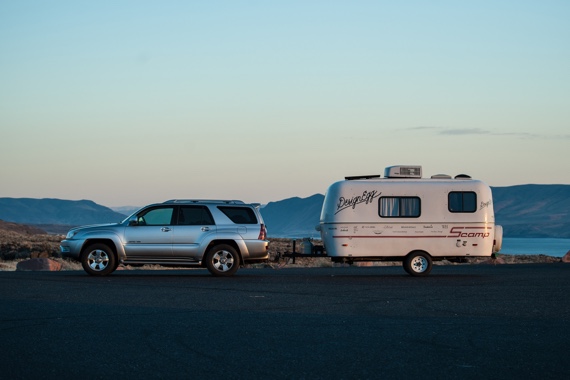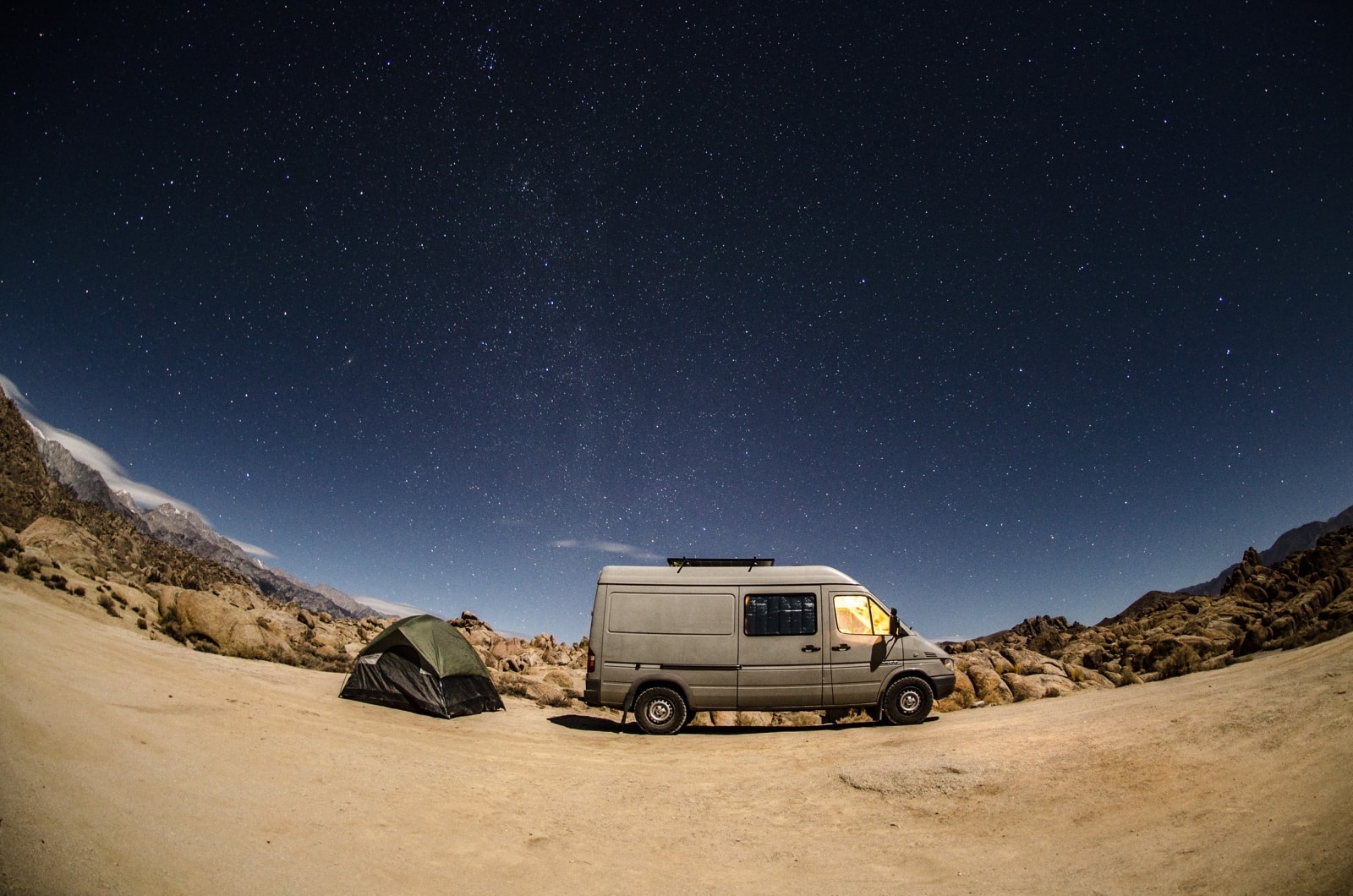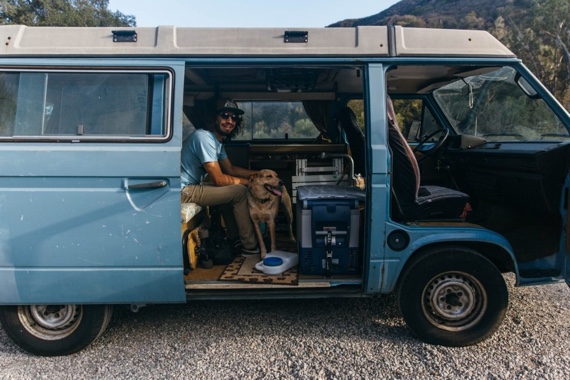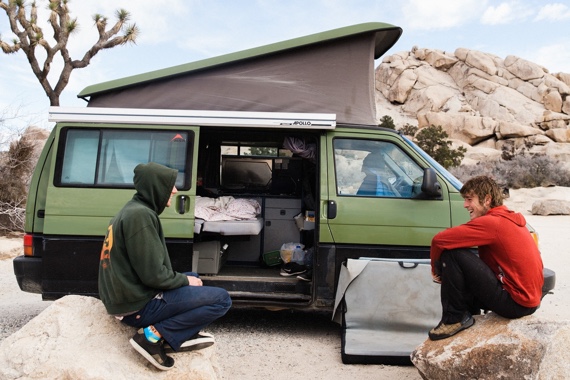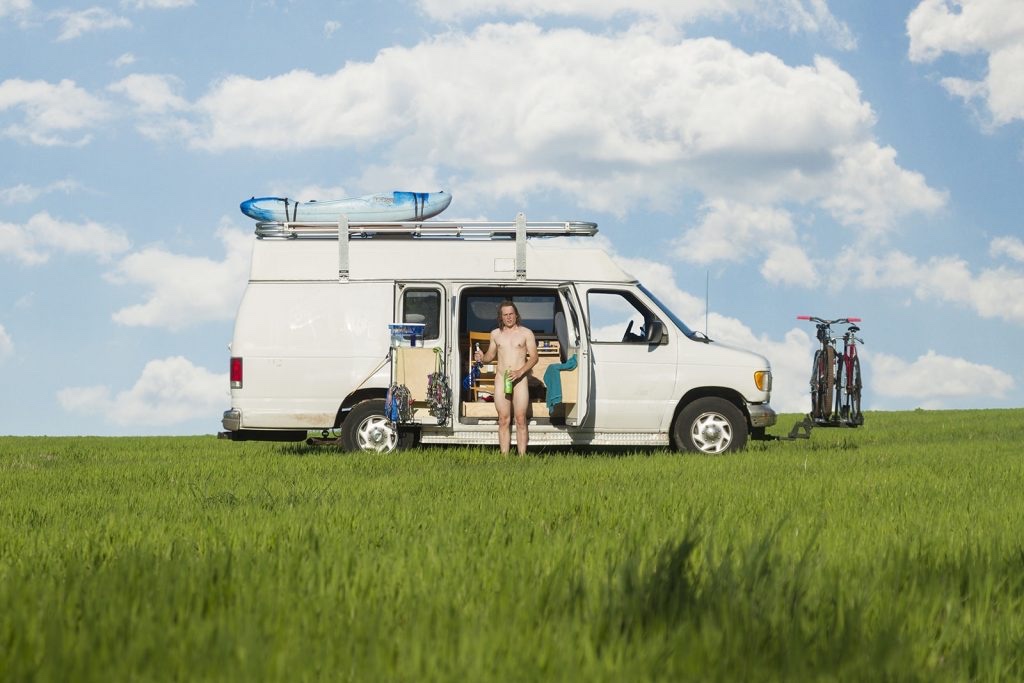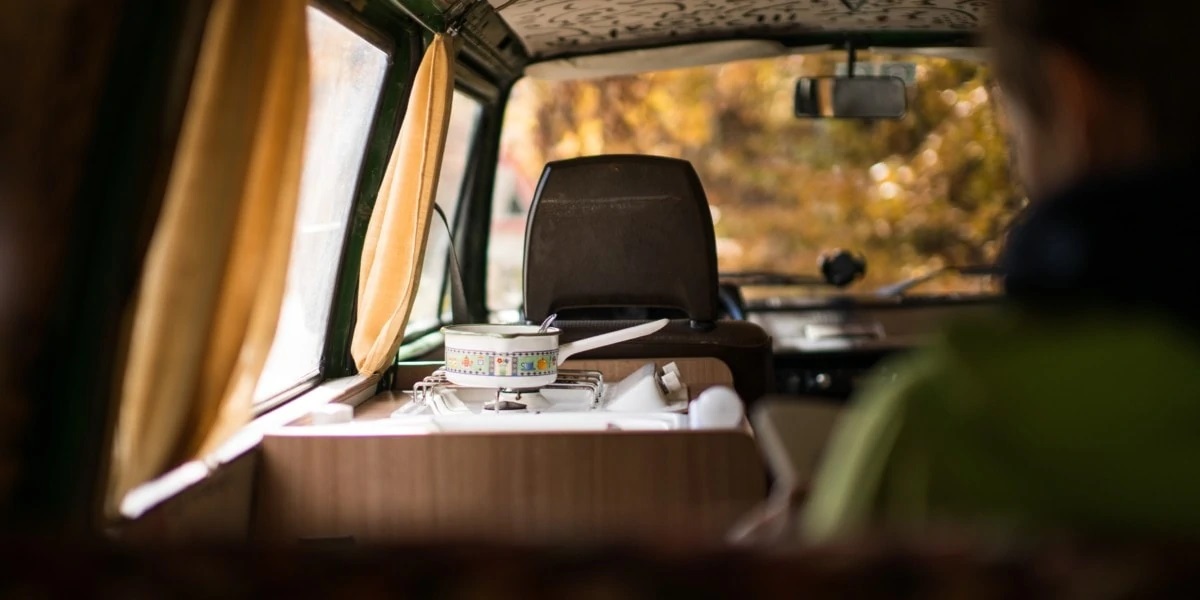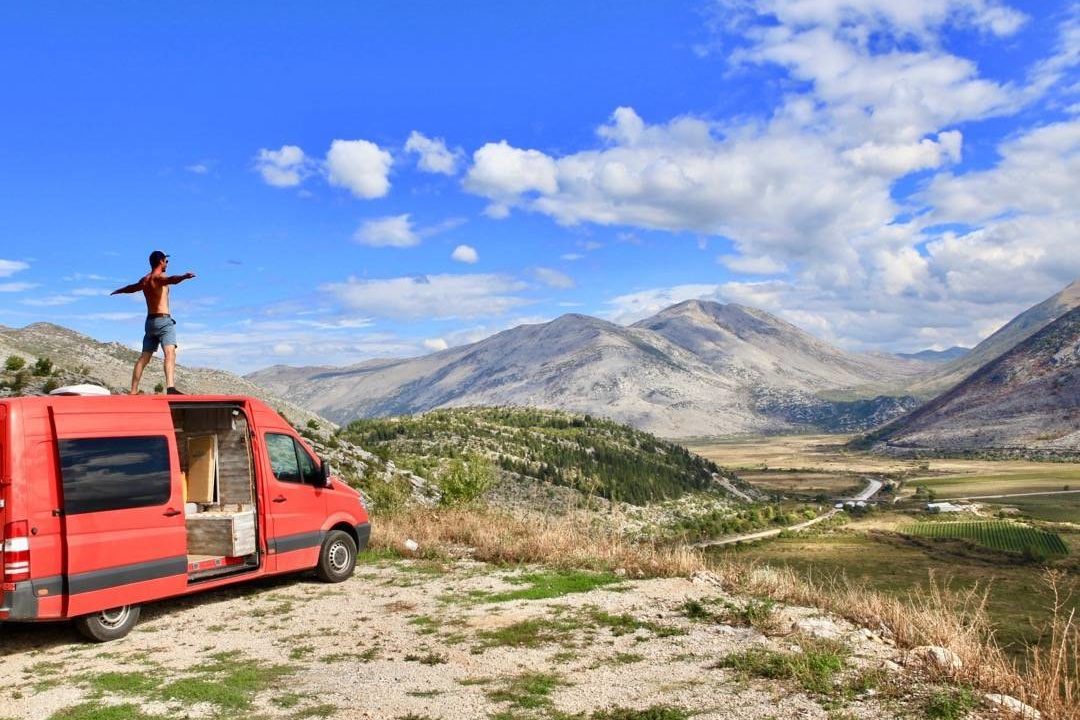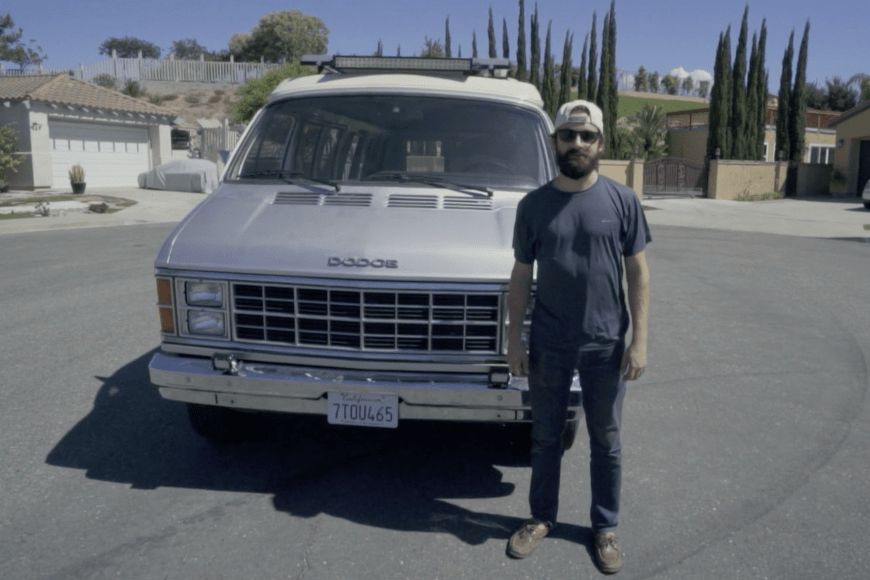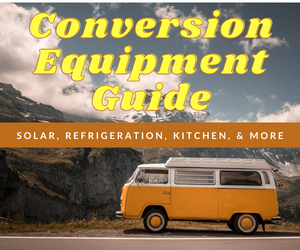
Last summer, we left our home and jobs in Chicago to follow every climber’s dream: live and work from the road.
In the run-up to our departure, we considered many vehicles before choosing a small fiberglass trailer—known as an “egg”—as our road/life companion. After a year of travel, we’re still happy with our choice. We love that we can drop our home in one spot—for days or months at a time—and then use the truck to run errands, go climbing, or venture out alone.
The trailer runs on a mix of propane and sunshine, and inside we have everything we need to eat, sleep, work, and relax. It floats easily down the highway at 70mph and is small enough to maneuver into any typical parking space
The egg is functional, inexpensive (with great resale value), and a lot of fun. Considering one for yourself? Here are some details about our setup:
Setup overview
Vehicle
2002 Scamp 16’ Travel Trailer. Layout #6 with side dinette. Learn more at scamptrailers.com.
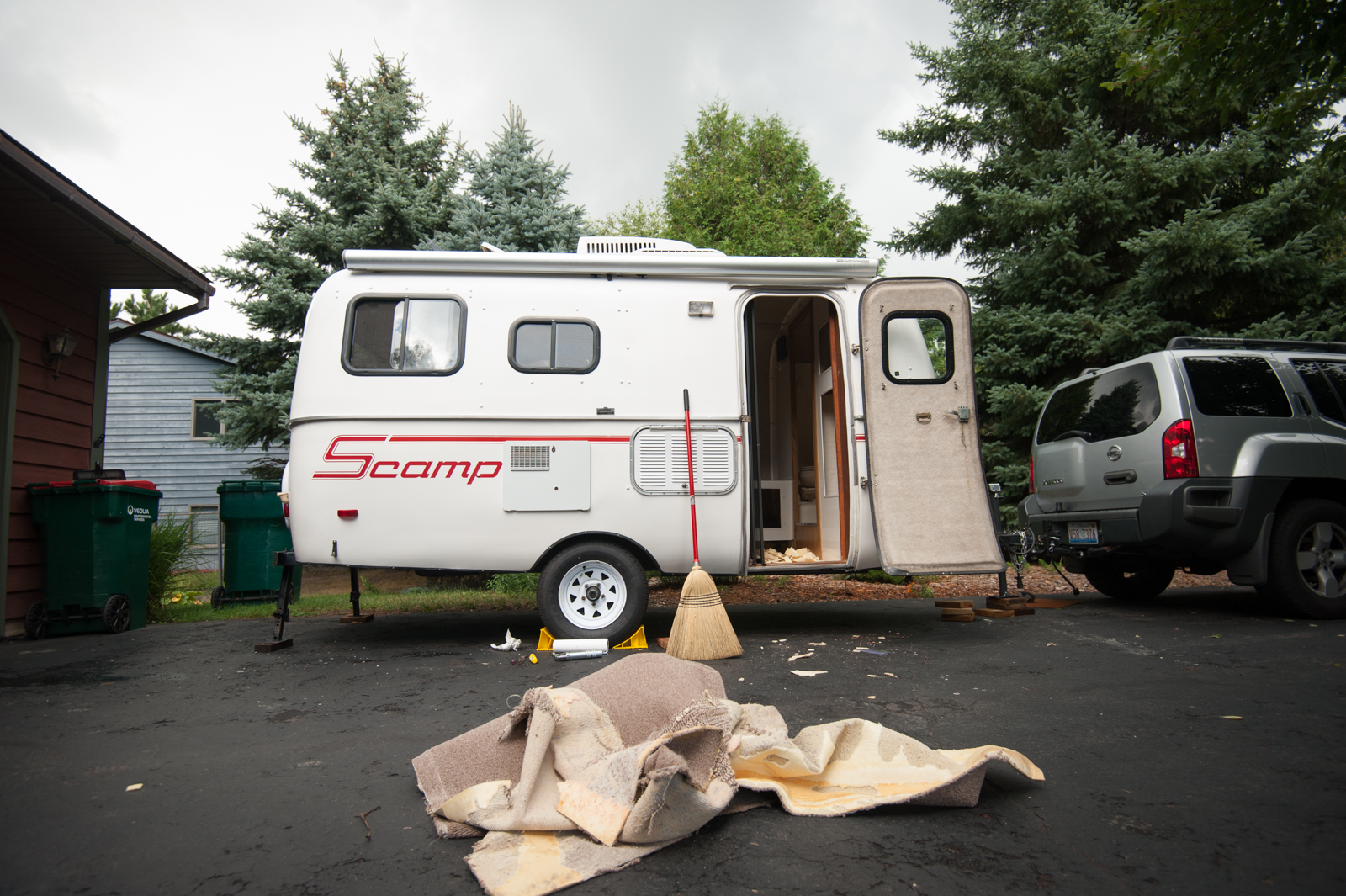
Purchase price
$9,000 used from private party via rvtrader.com.
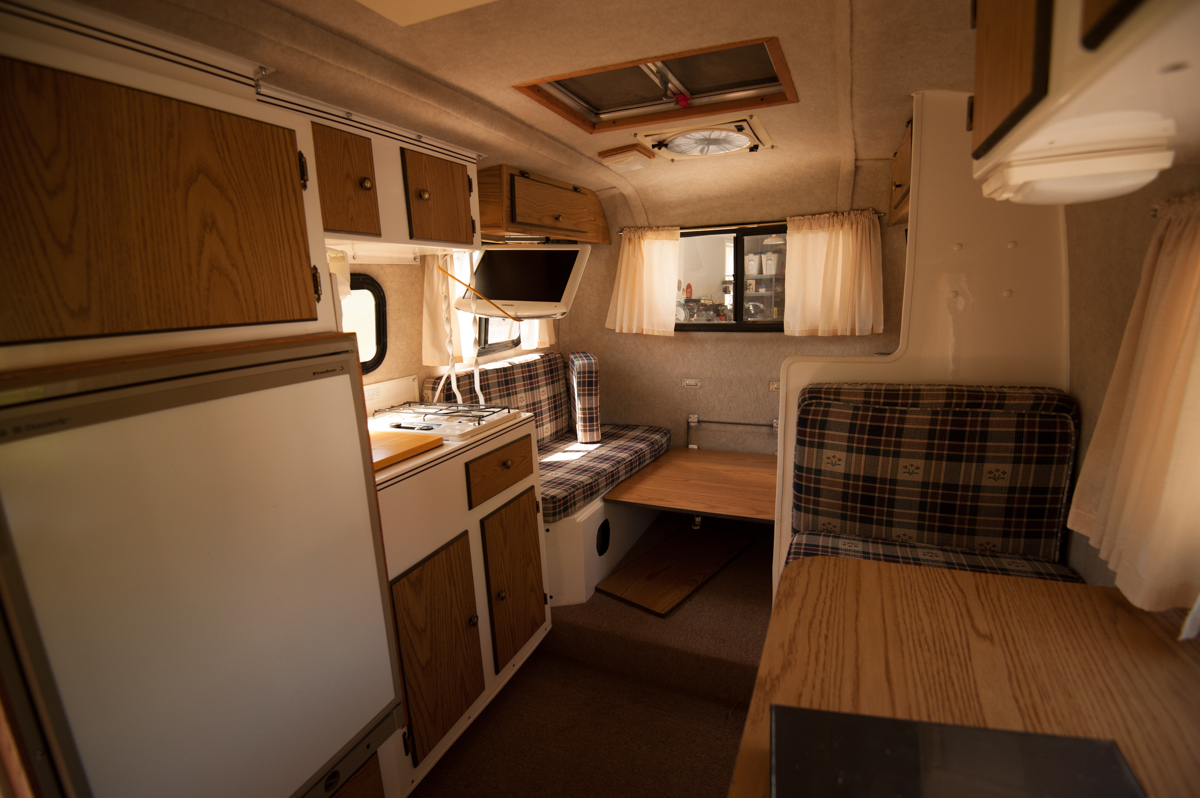
The interior of the Scamp, before renovations.
Renovations
Done over one week with a budget of $550, we:
- Replaced carpet with vinyl flooring
- Painted cabinets white and installed chrome pulls and hinges
- Replaced sink fixture
- Sewed new linen curtains
- Installed mirror and new table top
- Added 3” memory foam topper to bed
- Re-packed wheel bearings (had done at a shop)
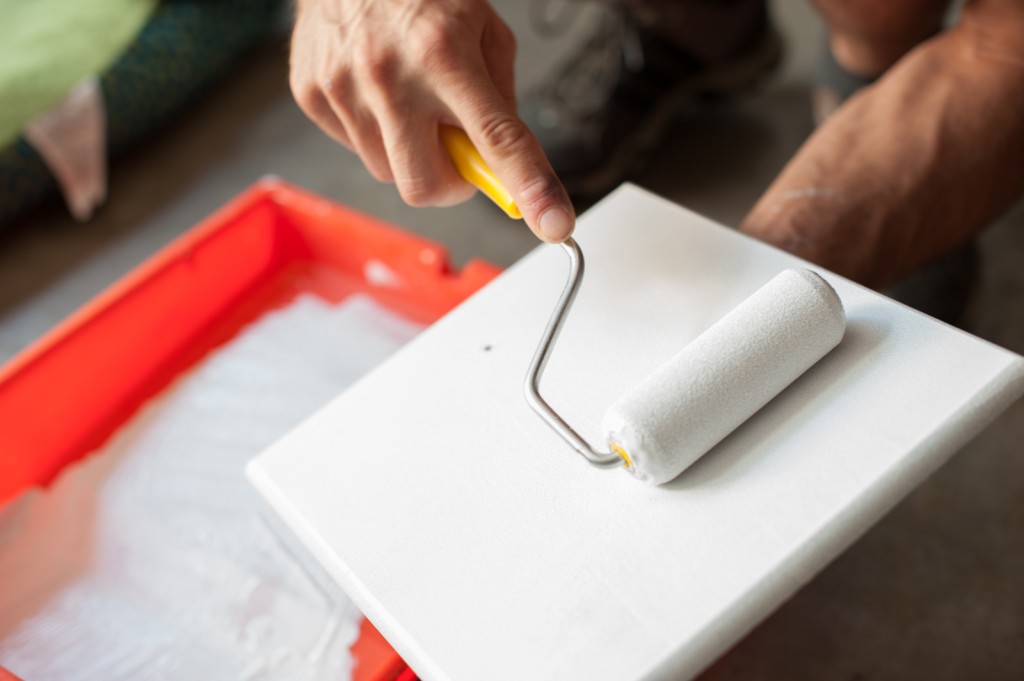
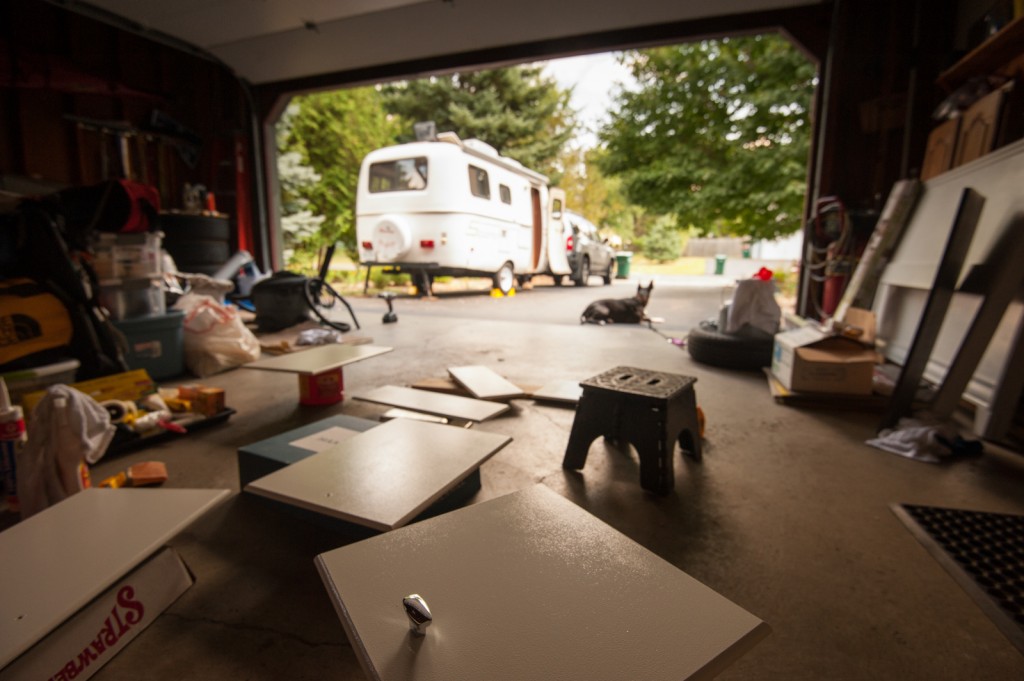
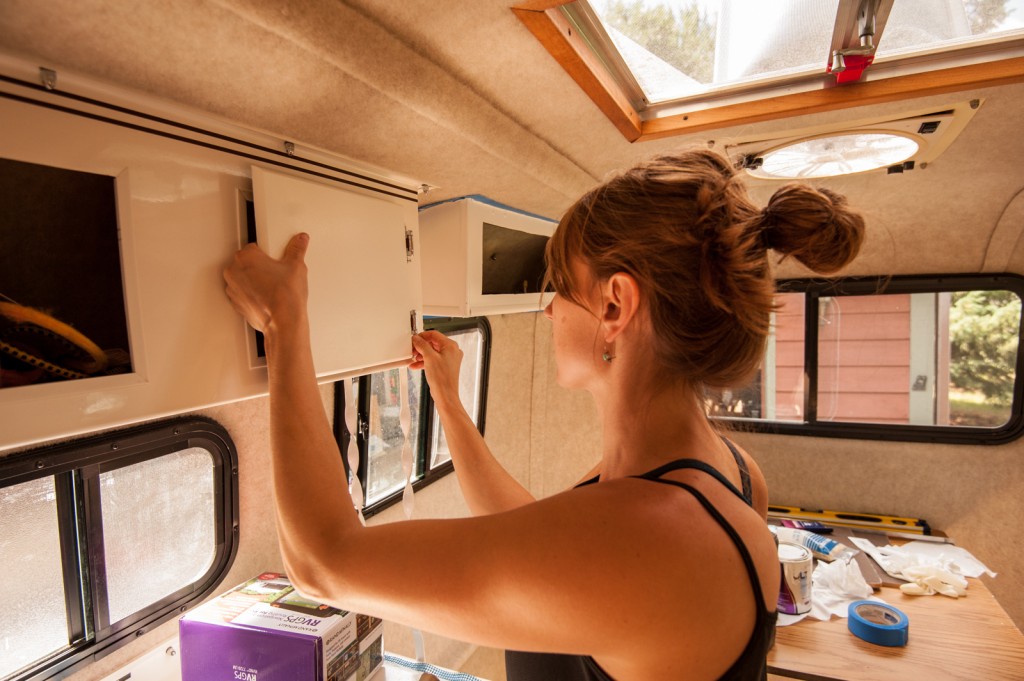
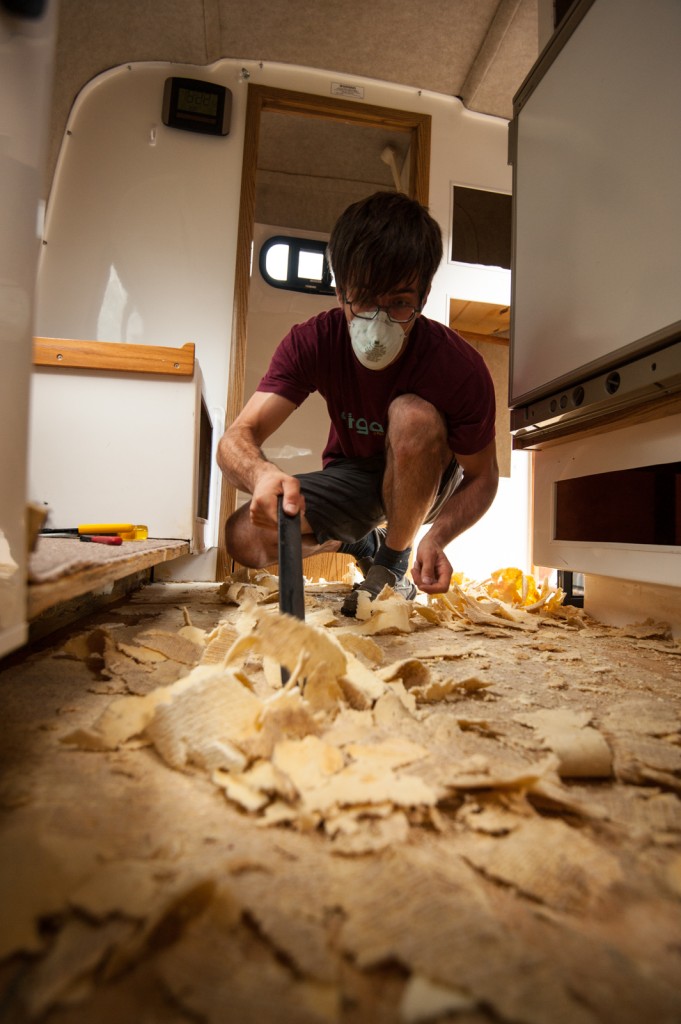

Dimensions
Overall length 16’; Interior length 13’; Overall height 7’10”; Interior height 6’3”.
Note: The interior height is our biggest complaint about the Scamp—the ceiling is a little low for people who are 5’10 or taller.
Weight
2,500 lbs. fully loaded (about 2,000 lbs. empty)
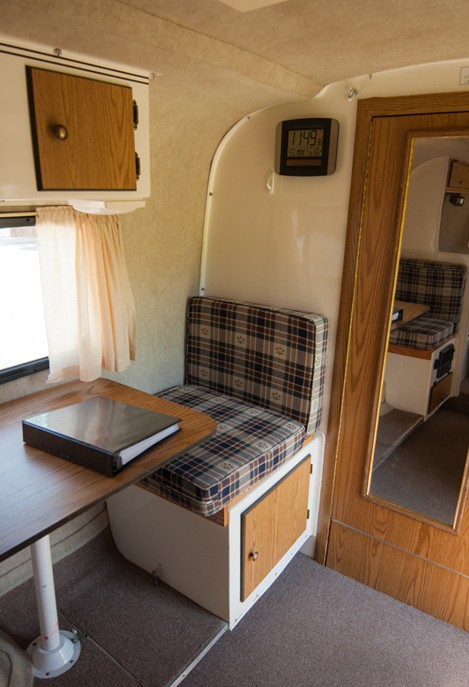
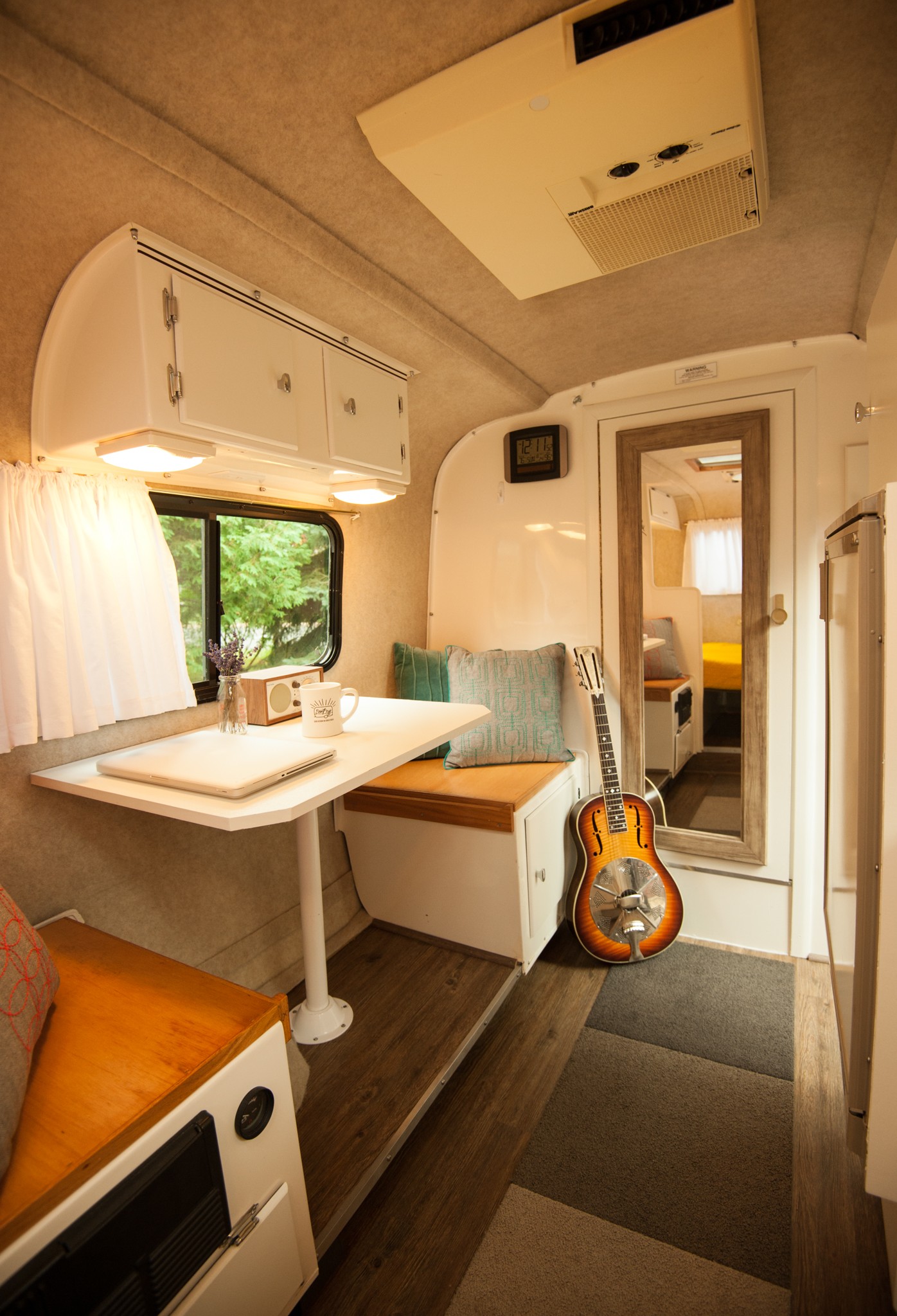
Towing vehicle
2003 Toyota 4Runner V8
Note: You can pull the 16’ Scamp with most small trucks (Toyota Tacoma, Nissan Frontier, Ford Ranger, etc.) or full-size SUVs (Nissan Xterra, Ford Explorer, or Toyota 4Runner). You can pull the smaller 13’ Scamp with most wagons and crossovers (Honda CRV, Toyota Highlander, Subaru Outback, Ford Escape, etc.). We used to pull the trailer with a 2005 Nissan Xterra V6 and never had a problem. The V8 4Runner is nice, but not necessary. Check your manual for the towing capacity of your vehicle.
Power
GoalZero Boulder 90W panel installed on the roof; two portable Nomad 20W foldable panels; two Yeti 400 generators; on-board 12 volt battery. The whole system is chained together. The 12 volt system that came standard with the trailer runs the lights and fan, the Yeti’s are used for charging computers and devices.
Get more details about our solar set up here.
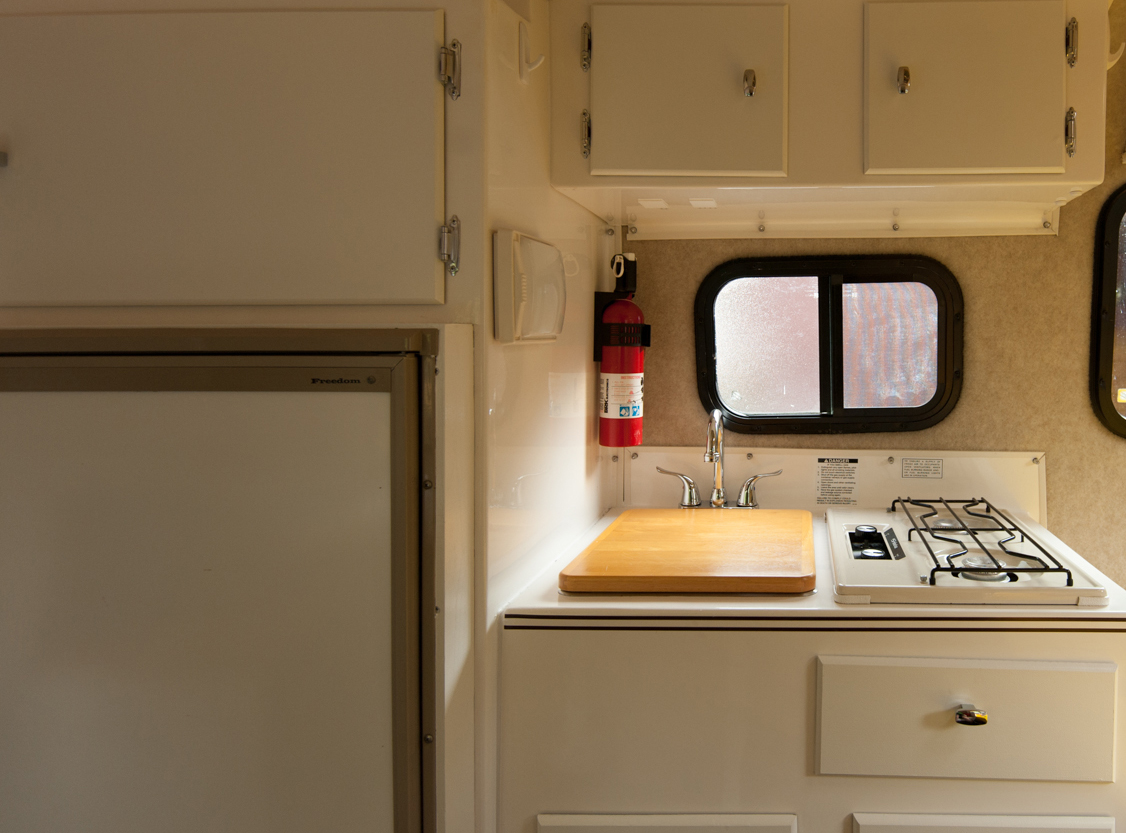
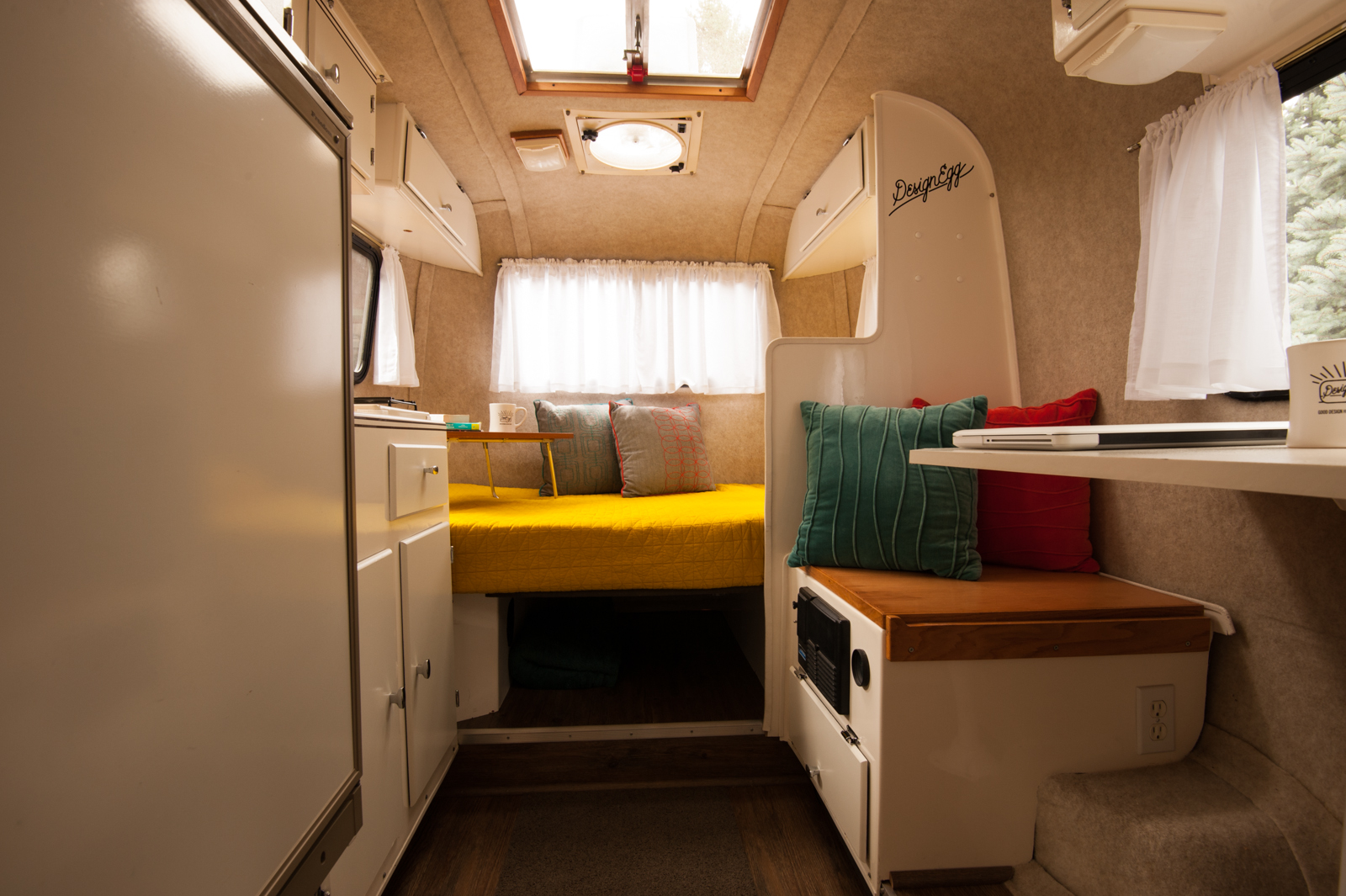
Features
Propane-powered 4.6 cubic foot refrigerator; three-speed roof fan; roof mount air conditioner/heater (we can only run this when the trailer is plugged into a 30amp power outlet—can NOT run off solar generators); 10 foot awning; screen door; gas hot water heater; 12 volt water pump; 12 gallon fresh-water tank; two-burner propane stove; electric brakes.
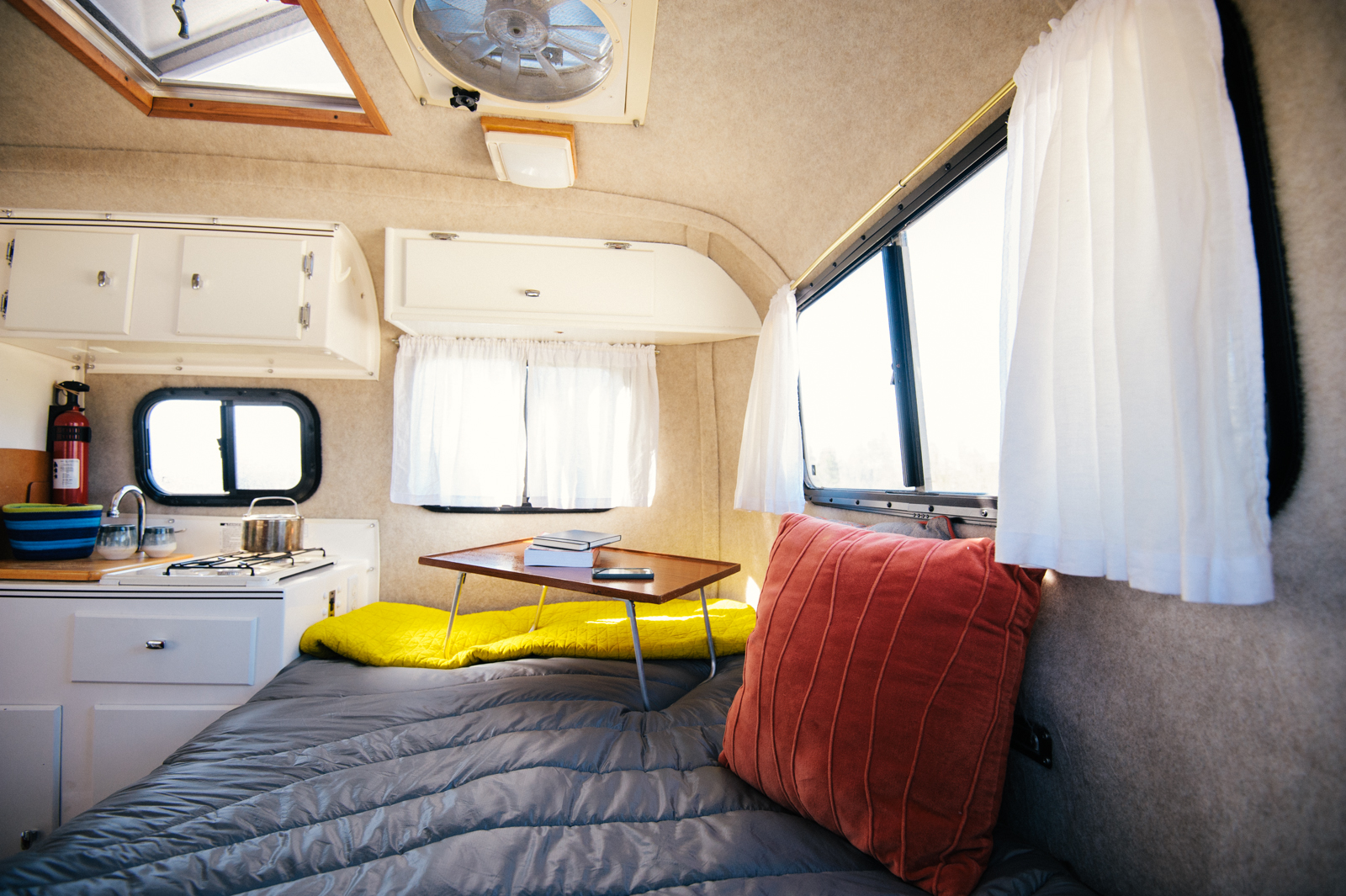
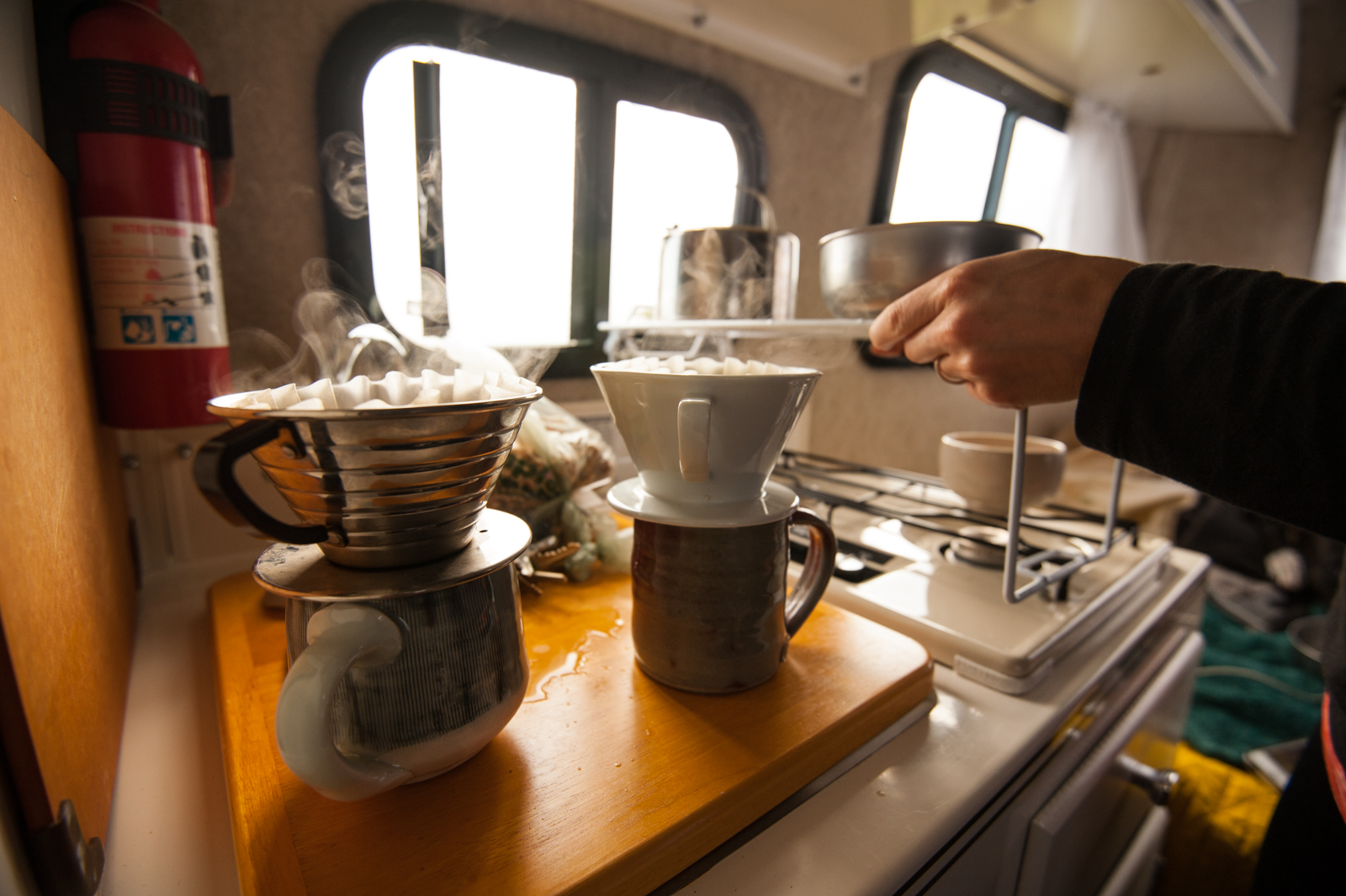
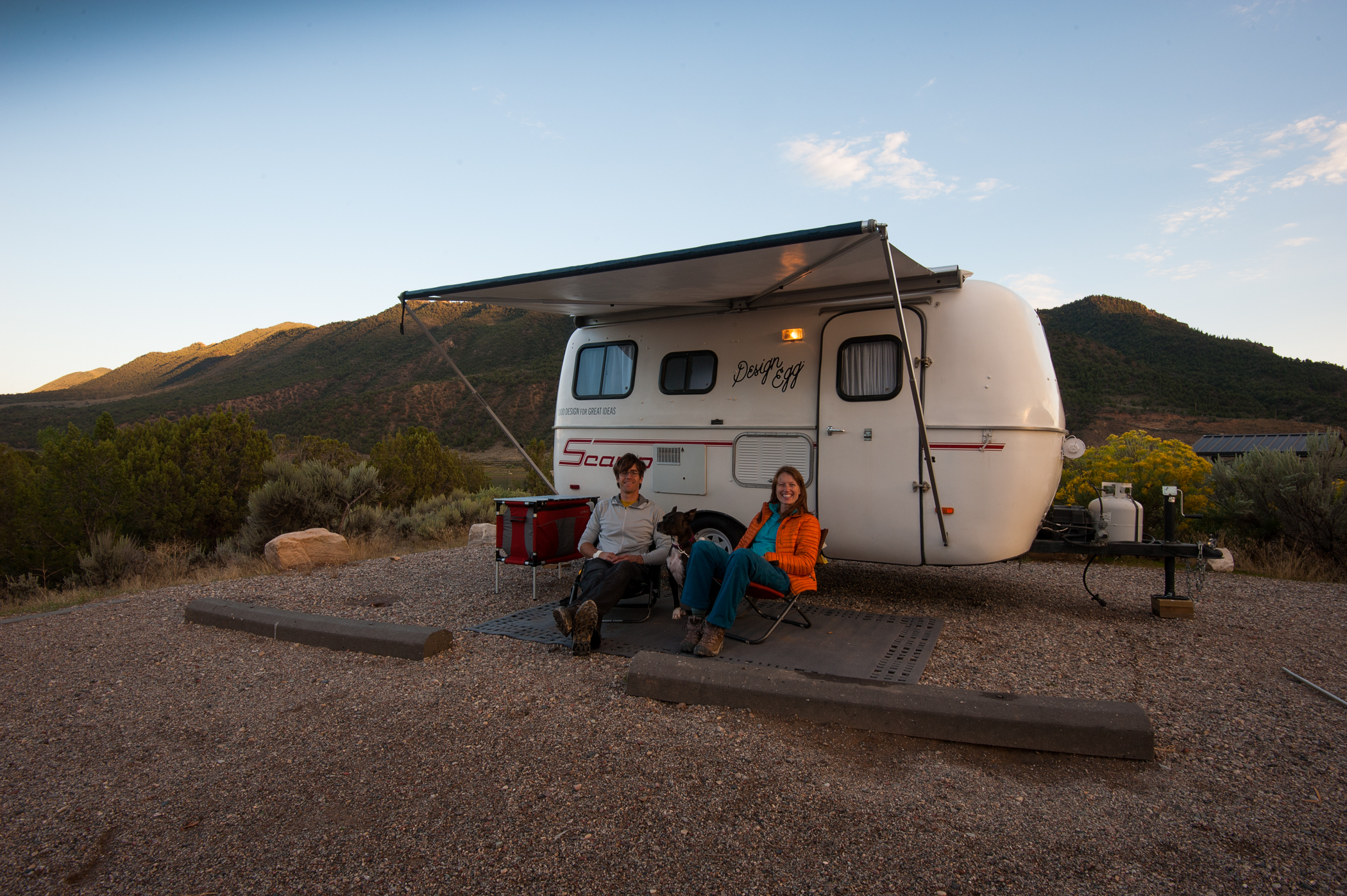
Andy and Jess enjoying life with the Scamp trailer.
Explore More
Related articles you'll loveBest Van Conversion Equipment: Top Picks for Solar, Refrigeration, Kitchen, More…
Van Life Profiles: Stories of Living the Road
Build Chronicles: Step-By-Step Details of Van Conversions
Vanvaya’s Most Popular Articles Ever

